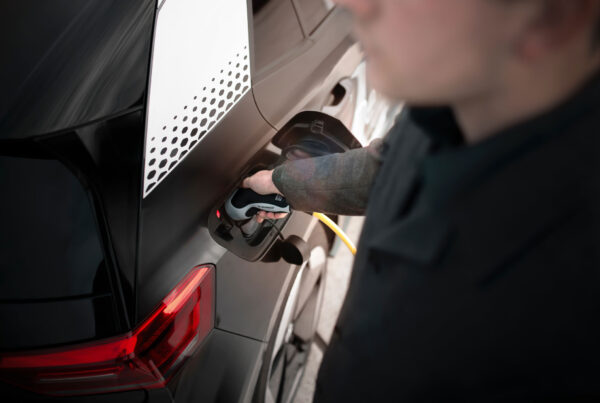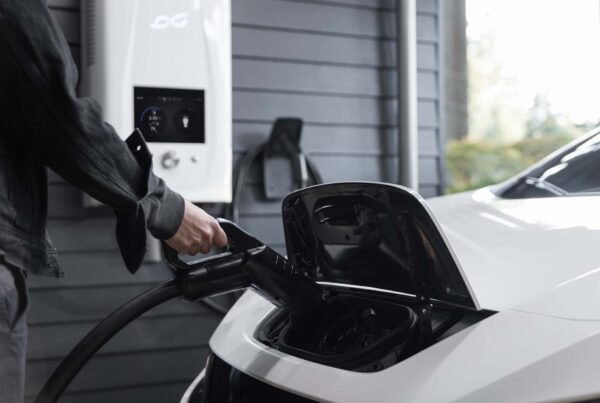Whether you’re a new owner of an electric vehicle, or hope to become a new owner soon, figuring out how you’re going to charge your vehicle is likely toward the top of your to-do list.
With public charging stations few and far between in most areas, being able to charge your electric or plug-in hybrid vehicle at a home charging station is not only convenient, but a necessity. Understanding your options, as well as your new EV’s requirements, are the first steps to successfully charging your vehicle for maximum range.
Before you can determine what electric vehicle supply equipment (EVSE) you may need, you first have to consider what level of charging you anticipate using.
Level 1 Charging
Level 1 charging, as its label suggests, is the most basic form. It is no more complicated than simply charging your vehicle by plugging the cable it came with into a standard 120V household outlet. While some EV owners prefer Level 1 charging, due to its lower cost and simplicity, it’s important to note that it’s likely only to provide about 4 to 5 miles of range for each hour of charging. That may be fine if you aren’t relying on your EV for everyday use.
Level 2 Charging
However, most EV owners will want more efficient charging. Simply put, Level 2 home charging stations make use of a voltage supply of over 200 volts. The typical vehicle charged under Level 2 will have a range of between 12 to 60 miles for every hour charged, depending on the vehicle and how much power is being supplied.
Level 3 Charging
For maximum charging efficiency, EV owners may choose to invest in DC fast charging, also known as Level 3 charging. DC stands for direct current and is different from the alternating current, or AC, current found in homes. Because DC charging can deliver as much as 800 volts, charging times are much shorter.
But, before you go out with the intention of purchasing a Level 3 Direct Current option, it’s important to note that there is a sizable drawback. It’s estimated that a single DC fast charger can cost a great deal to purchase and install—perhaps as much as $50,000. For that reason, you won’t find Level 3 charging stations in single-family residences. Instead, they’re wired and installed to provide a number of charging outlets at a single location.
Equipment
Once you’ve determined what charging level makes the most sense, it’s time to find the correct equipment. Your vehicle should have come with a standard 120-volt charging cable. That, along with a 120V wall outlet, is all you’ll need by way of equipment if you are planning to charge at Level 1.
If your plans are to move past Level 1, however, then it becomes a matter of purchasing the proper equipment. You should also consider such factors as amperage, available electrical supply, convenience and operating costs.
Begin by looking at how many amps your EV can accept. Today, you’ll find that most plug-in vehicles—whether electric or hybrid—will accept at least 32-amp power, with some going as high as 40 amps or even 48. That tells you that the next EV you buy will probably charge at a higher rate than the one you just bought. Unless you want to pay for a new charging station installation, plan to get a 40-amp charging station so you won’t have to upgrade it for several years.
Power Supply
Another critical consideration is available electrical supply. Older homes are likely to have limited electrical capacity, and you may not be able to upgrade enough to meet the needs of a Level 2 charger.
You will also want to consider the convenience of the charging station you choose. For example, Level 2 chargers can charge an EV up to 13x faster than if it were hooked up to Level 1. It’s easy to see why most EV owners decide to choose Level 2 charging.
Final Considerations
Finally, it’s a good idea for vehicle owners to have a clear understanding of the operating costs for their vehicle and the costs for their EV home charging stations. Chargers vary a great deal in price, with the more expensive models providing more features than the basic ones. Determine which options are most important to you.
Depending on which charging option you choose, there could be some built-in cost savings as well.





